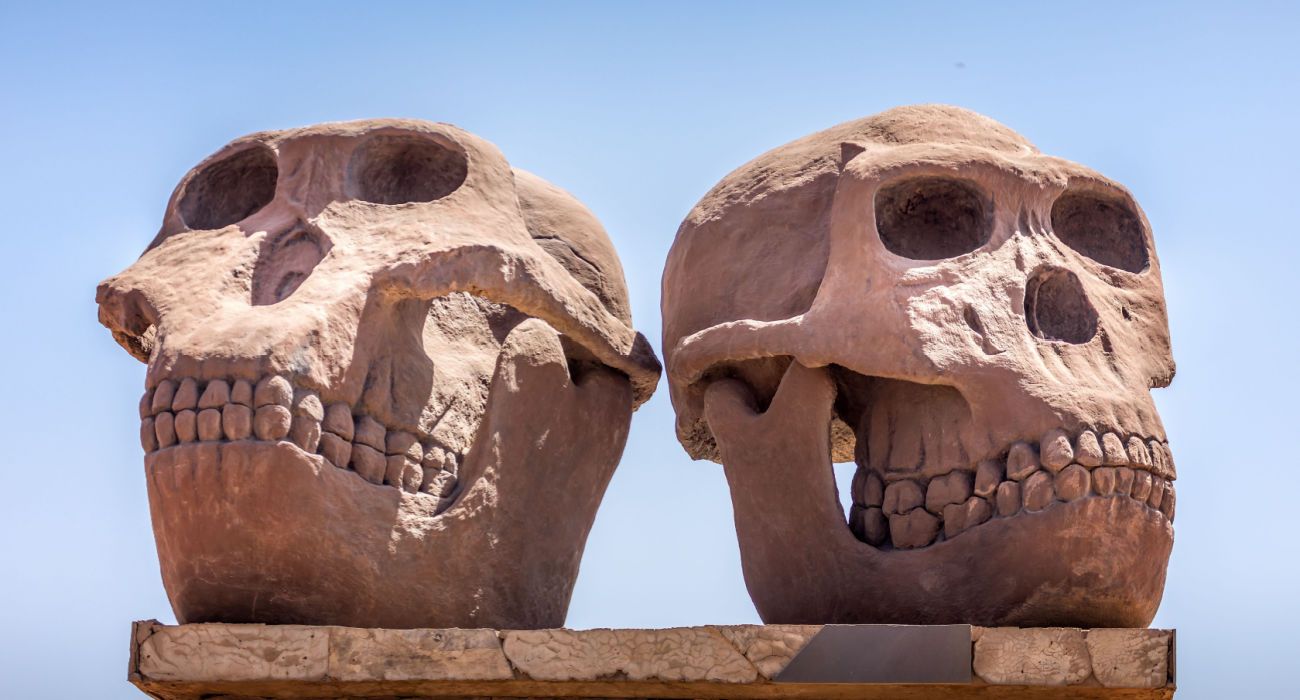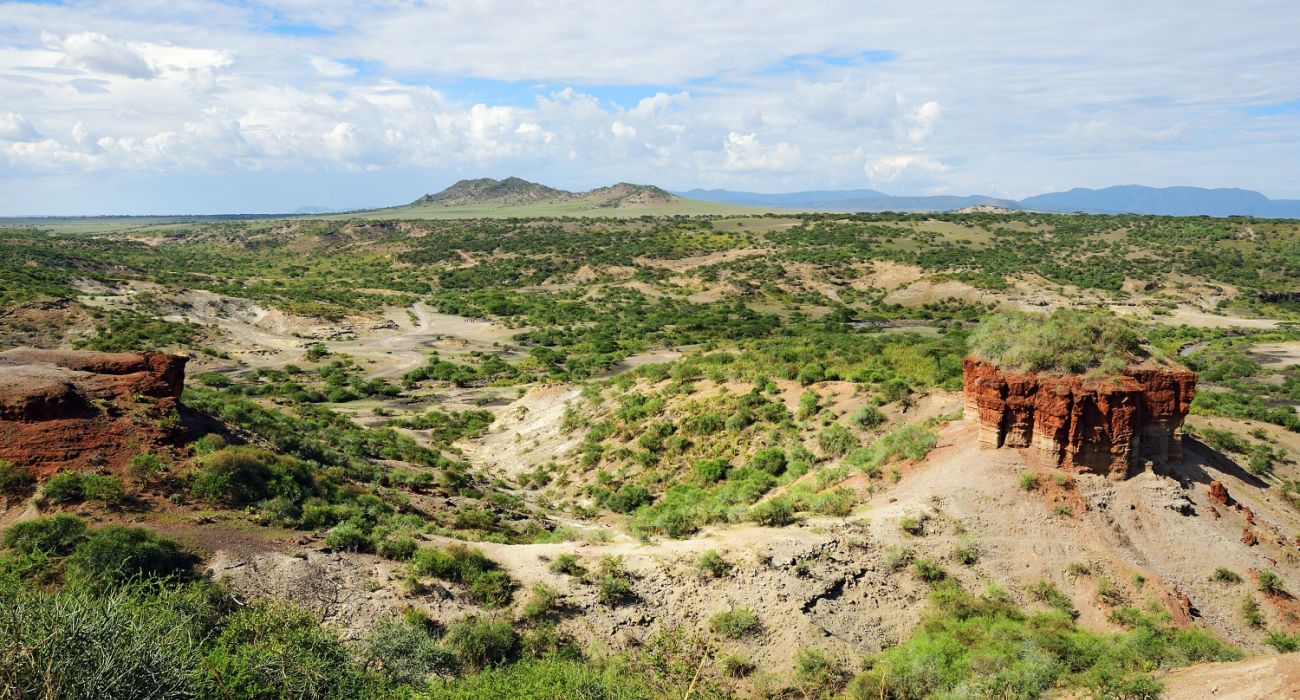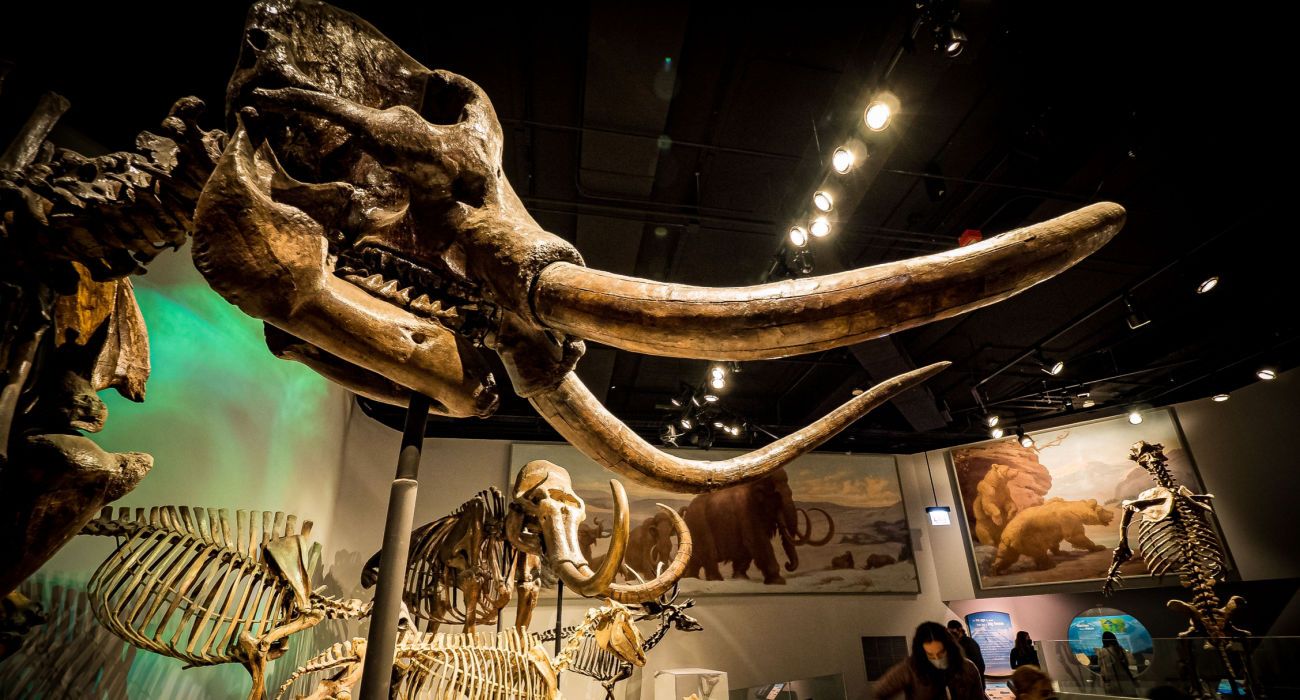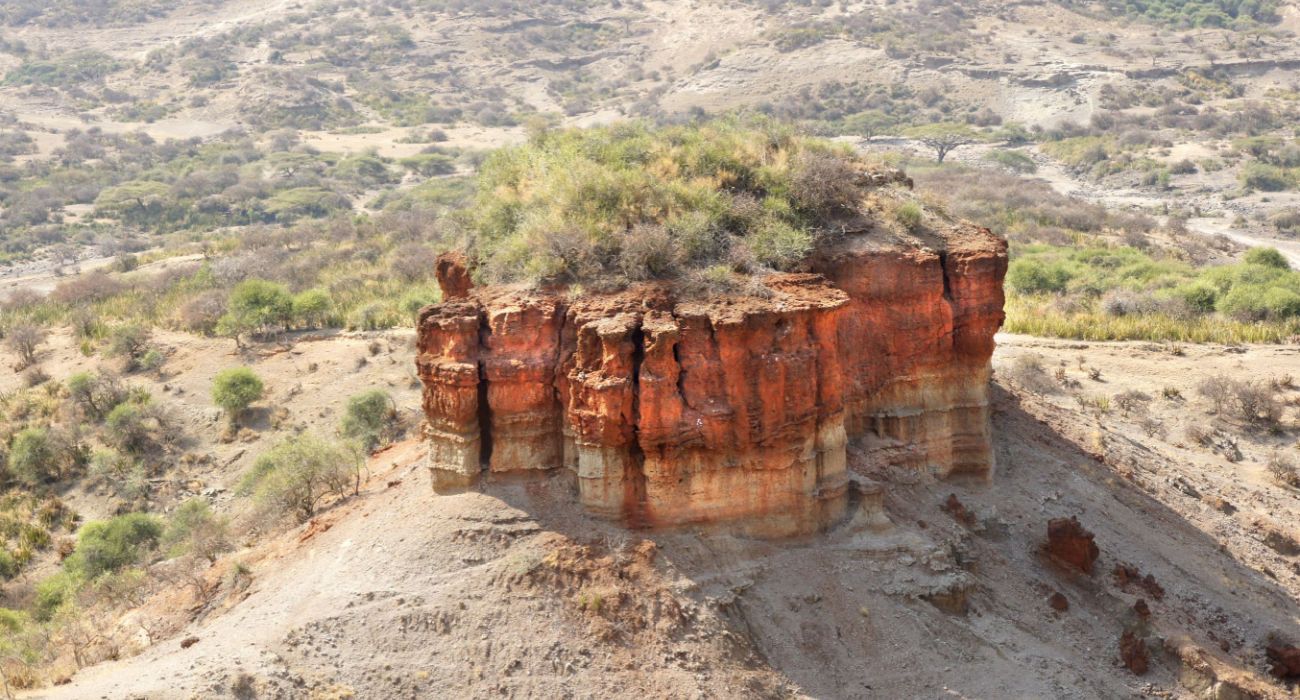Quick Links
Ever since the seminal publication of Charles Darwin's Origin of the Species and its formulated and well-argued theory of evolution, there as has been a quest to find the origin of man. Homo sapiens are known to have evolved in Africa, but the full story of the evolution of early humans is much more complicated.
People can learn about the discovery of archaic humans - the Neanderthals - in museums in Gibraltar and Germany (where they were first discovered). Another great place to learn about early hominin species is the Cradle of Humankind in South Africa. Elsewhere in Africa, the Olduvai Gorge in the East African country of Tanzania is one of the most archeologically significant places to learn about the origin of humans.

Skulls of Paranthropus (left) and Habilis (right)
Why Olduvai Gorge Is So Important In Understanding The Evolution Of Mankind
Olduvai Gorge in Tanzania is one of the most important paleoanthropological places, with many sites that have proved invaluable to studying the course of early human evolution. Olduvai Gorge is a site where hundreds of fossilized bones and stone tools have been discovered going back millions of years.
The gorge is set in the Great Rift Valley of Africa and is around 30 miles long. Today, the site is one of the National Historic Sites of Tanzania. Its value was also acknowledged as being one of the first UNESCO World heritage sites since 1979.
Olduvai Gorge is located by one of the most famous hotspots of life today - the Serengeti Plains, along with the Ngorongoro Conservation Area. While going to see the annual wildebeest migration, spare a thought for the deep history of the region and its role in the evolution of humans. The gorge is also only 28 miles from Laetoli - another important site for learning about early human presence in the area.
Early hominin sites were preserved in the gorge by flows of volcanic ash. Hominins are members of the human lineage. The sites are located by a prehistoric lake. The site has helped to shed light on the development and increased social complexities of the earliest Hominina. Among the things found, there are stone tools.

View of ravine Olduvai Gorge
The Hominin Species Found At The Olduvai Gorge
New types of hominins have been discovered here. Homo habilis is known to have lived in the Olduvai Gorge around 1.9 million years ago. Other hominids include australopithecine, Paranthropus boisei, and Homo erectus (which arrived later, around 1.2 million years ago). Homo sapiens (modern humans) likely emerged about 300,000 years ago and have since occupied the site for tens of thousands of years.
Homini Of Olduvai Gorge
- Homo habilis
- Australopithecine
- Paranthropus boisei (aka ‘Nutcracker Man’)
- Homo erectus
- Homo sapian
There are five main layers of deposition in the gorge, with the oldest dating back around 2 million years. That is the time period of the Pliocene Epoch. Overall, the gorge's deposits preserve snapshots of time from around 2.1 million years to around 15,000 years ago. And so it preserves one of the most continuously known records of human evolution.
- Number of Hominins: Around 60 Hominins Discovered
- Period: Around 2.1 Million Years Ago to 17,000 Years Ago

Zebras and wildebeests in Africa
Another fantastic place to discover and learn about the Pliocene Epoch in North America is Los Angeles. Discover the La Brea Tar Pits in Los Angeles, which preserves many of the megafaunas of North America.
What To Know About Visiting Olduvai Gorge & The New Museum
The Olduvai Gorge is a great stopover for those traveling between the Ngorongoro Crater and the Serengeti National Park. It is the dream destination of those interested in the origin of man.
The site now has an excellent new museum - the Olduvai Gorge Museum - and there is even the possibility of visiting an ongoing archeological dig. The museum opened in 2017 (although it dates back to 1970). The Olduvai Gorge Museum is visited by around 3,000 visitors every day during the peak season. Visitors are mostly people coming by safari car during a larger Serengeti National Park tour.
At the museum, visitors can discover the history of the site and learn about the significance of the fossils found there. The museum also has a replica of the nearby Laetoli Footprints (which represents some of the earliest evidence of human bipedalism). There is also an impressive illustration of three Australopithecus afarenis as they would have walked through the area 3.6 million years ago.

Mastodon skeleton and other fossils of the Ice Age
Plan on spending around an hour at the museum. The exhibits are focused on paleoanthropological research and the artifacts of the site. Some of the exhibits are casts, while others are original.
People can also visit the gorge for a small fee. It takes around 10 minutes to drive into the gorge, and visitors can expect to spend around 20 minutes there.
